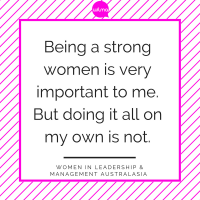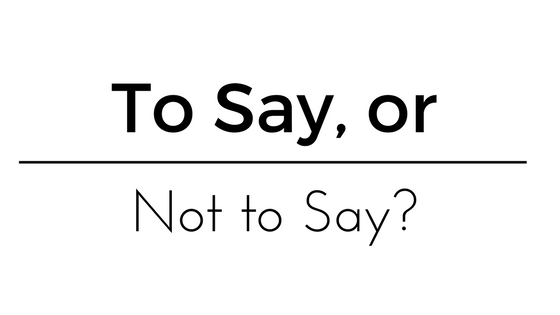A new report traces the evolution of the chief executive officer role over the past century, but also looks ahead 25 years to see what the CEO of 2040 will look like.
Increasingly the leaders of 25 years hence will be women, and regardless of gender they will be highly educated, have accumulated strong experience in team leadership, demonstrated social responsibility and perhaps even have invented something.
We’ve distilled the insights of the authors of PwC’s strategy+business report into a few takeaways, but the full article is worth a read.
Let’s start with the history of the role. Here’s the breakdown of a typical CEO across three eras:
In 1914, the CEO was a monarch. Think Henry Ford and John Rockefeller. These men “built vast fortunes and empires, largely because they had inordinate faith in the correctness of their visions as the inventors and builders of previously unknown industries,” the authors say.
In 1964, the CEO was a prime minister. Think Walt Disney and Ray Kroc of McDonald’s. These execs “selected the leading executives, supervised the allocation of resources to achieve [their] goals, and monitored the performance of the organisation to ensure that it continued to turn profits and expand its market,” the authors say.
In 2014, the CEO is an agile leader. These execs — more of whom are women — forgo five-year plans in favour of nimble, responsive evaluations. “Given the high correlation between employee engagement and productivity, CEOs must work hard to ensure that all employees, regardless of age, feel a sense of meaning, purpose, and engagement in their work,” the authors say.
The CEO class of 2040
Then we get to their 2040 predictions. They say that 25 years from now, some 30 per cent of the world’s 2500 top global CEOs will be women — a marked increase over the 5 per cent today.
His — or, increasingly, her — background will look like:
• Lots of experience leading teams, whether organising clubs at school or captaining sports teams
• Experience working with virtual teams
• Probably invented something, such as an app
• Probably graduated from a progressive MBA program
• Probably had corporate gigs
• Probably did some sort of socially conscious work early on
The CEO of the future will have to be skilled at leading teams, entrepreneurial, and collaborative and will work for one of two types of companies: an integrator or a specialist, the authors say.
The integrator will be at the intersection of many companies, the way that Amazon serves as a hub for a whole universe of businesses. Following the Jeff Bezos model, this CEO will have to have an equally deep knowledge of supply chains and customers.
Such a CEO will “need to spend a lot of time understanding how her company, its vendors, and its customers work in a holistic, deeply integrated system,” the authors says
The specialist will run a company with a shorter lifespan — one that might be acquired or disrupted in just a few years. “The specialty CEO of 2040 will therefore need to be able to quickly divest a business when it’s no longer viable and assemble a new one just as rapidly,” the authors write.
These people are already around in Silicon Valley: They’re “serial CEOs”.
The authors say the CEO of 2040 is either in school right now or in the early stages of her career.
If you want to become such a leader, they say, you need to start collecting a “diversity of experiences” — in and out of the classroom, country, and corporation.
This article was originally published on The Age June 16 2014 Read the original article









Leave A Comment